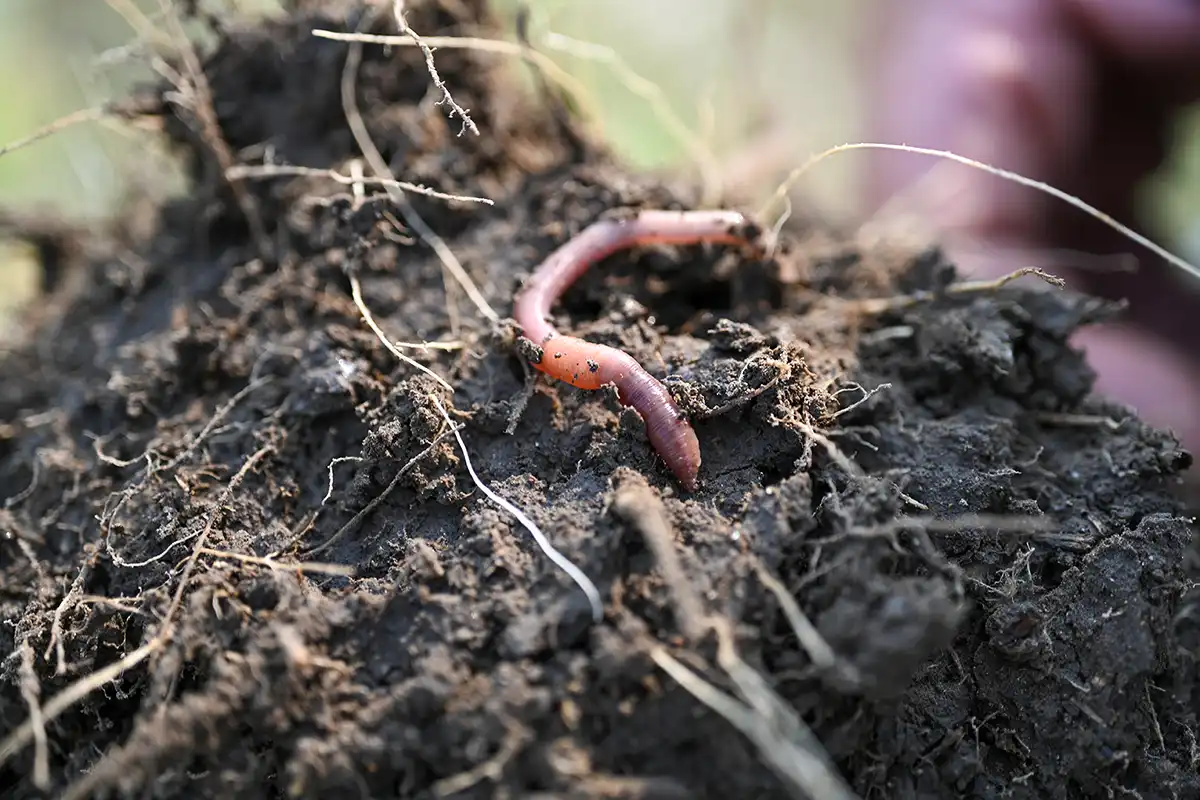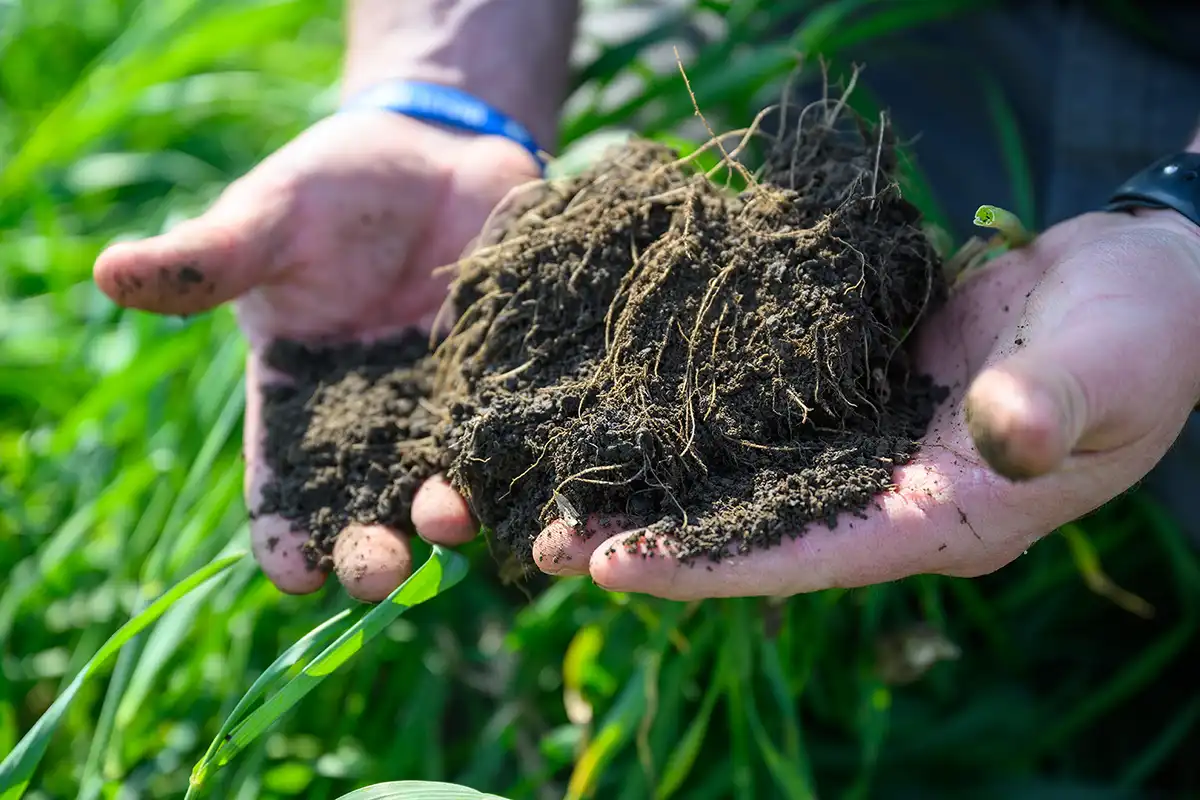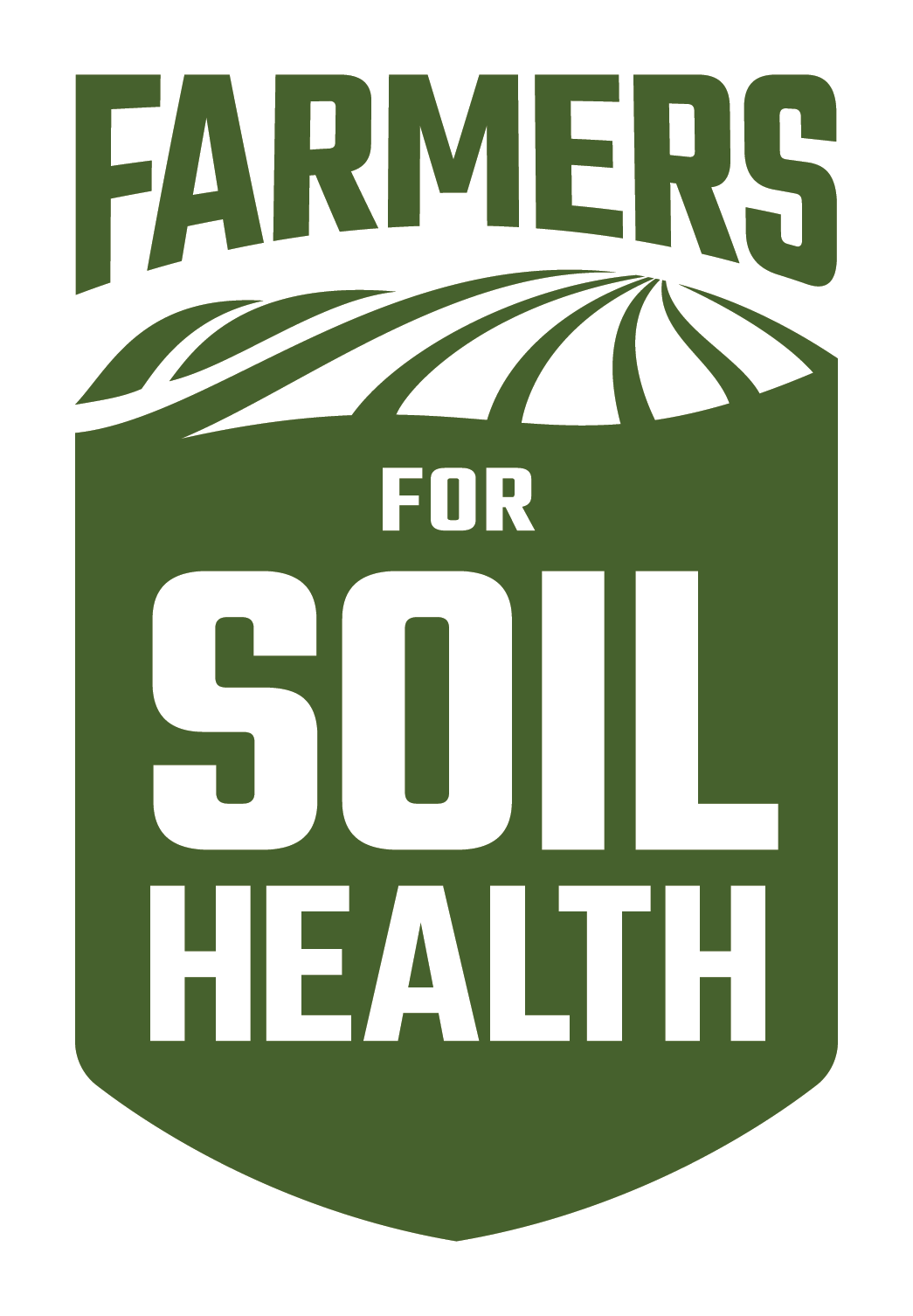Benefits of Cover Crops

Explore Cover Crops
Farmers report significant agronomic benefits from cover crops. In many cases, their value outweighs the challenges of adoption. A wide variety of cover crop management practices allows growers to develop and adapt a system that fits their climate, crop rotation and soil health needs.
Soils that maintain actively growing plants as long as possible also maintain the activity that allows them to nourish crops. Cover crops feed soil microbial communities, which impact soil characteristics like water retention, aggregate stability, nutrient cycling and more. They also produce biomass that provides organic matter, supports carbon management and aids in weed control. Some cover crops can double as forages for grazing or haying.

Make an Environmental Impact
Cover crops scavenge unused nutrients, keeping them in place to protect water quality. As their biomass decomposes, those nutrients become available to the next cash crop. The soil organic matter added to the soil in that process also contributes to the primary way carbon is stored, or sequestered, in soil. Plus, cover crops offer additional habitat for birds, other wildlife and beneficial insects, including pollinators.

Build Organic Matter
Soil organic matter stores carbon and nutrients and supports its biological activity and biodiversity. Above and below ground, cover crops generate organic matter that decomposes to increase total soil organic matter. The corresponding increase in soil organisms, especially microbes, improves soil fertility. Organic matter allows soils to retain more nutrients, including nitrogen, that feed future cash crops.

Improve Soil Structure
Growing cover crops changes physical soil properties over time. Living roots hold soil in place, reducing erosion, while increased organic matter stabilizes the soil and improves tilth, reducing compaction. Those structural improvements increase water storage and infiltration. Soils that accept and retain moisture better can buffer impacts of extreme weather, like droughts and floods. Such soils also maximize irrigation efficiency.

Reduce Costs
While incorporating cover crops requires an investment, they can reduce costs in other areas of an operation. As soils store more nutrients and more effectively break down residue, cash crops may require less fertilizer. Research shows that cover crops can suppress weeds, serving as a weed control tool. They also can shelter beneficial insects that help control early season pests.
Page sources:
Cover Crops, Farmers for Soil Health Sustainability Blueprint
Cover Crops Economics Decision Support Tool, Version 3.1, USDA/NRCS
